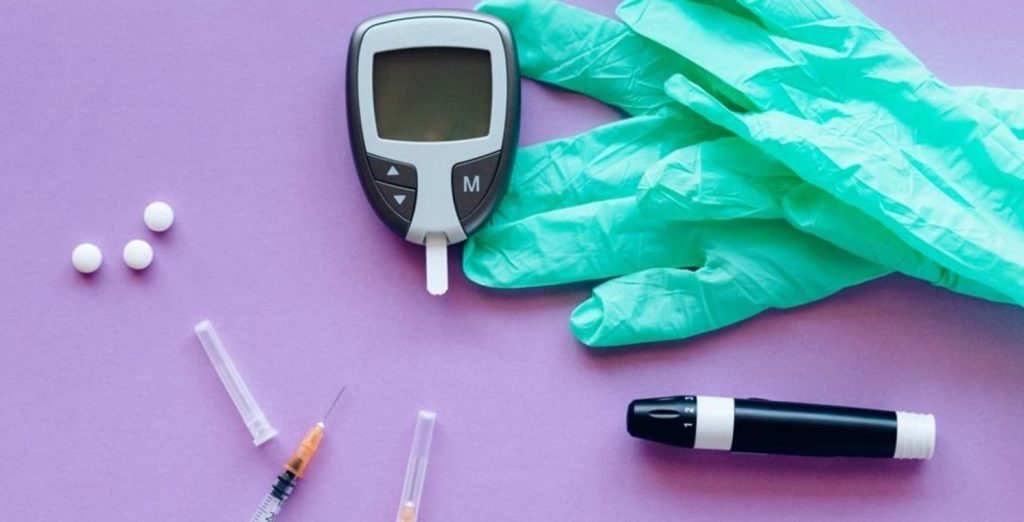Your physician can use blood tests to identify diabetes, prediabetes, and gestational diabetes. The results of these tests determine if your blood glucose levels are higher than the healthy range for you.
Additionally, these tests can help pinpoint the type of diabetes you have. While diabetes test strips are useful for monitoring blood sugar levels, they are not designed for diagnosing diabetes.
Diabetes Test Strips
Diabetes test strips make it easier to monitor blood glucose levels, which is essential for people with diabetes. These strips work in conjunction with glucose meters to “read” the sugar levels in your blood.
Being aware of your blood glucose levels simplifies diabetes management. This knowledge helps you understand how different foods, medications, and activities influence your blood sugar.
To use a diabetes test strip to check your blood sugar, follow these steps:
- Insert a diabetes test strip into your blood glucose meter.
- Prick your fingertip using the meter’s small needle.
- Squeeze out a drop of blood and apply it to the edge of the test strip.
You will see your blood sugar reading within seconds.
Each test strip is designed for single use, so you will need a new strip each time you check your blood glucose levels.
Your doctor will instruct you on how often to check your blood sugar. For example, those with type 1 diabetes might need to use test strips up to ten times a day, whereas individuals with type 2 diabetes might only need to check twice a day.
Home-Based Diabetes Testing
Blood sugar tests are among the simplest ways to monitor your glucose levels. Here are some important tips for conducting at-home diabetes tests:
- Fingertip blood samples generally provide the most accurate results, although some tests allow pricking your thigh or arm. Always consult your healthcare provider before using alternative sampling sites.
- If you are not on insulin, consult your healthcare provider on whether you need to test your blood sugar levels and how often.
- Testing before and after meals can help you notice how your diet affects your blood glucose levels.
- Maintaining a blood glucose chart is crucial for tracking your results. This can help identify patterns and potential health concerns for future reference.
If you suspect you might have diabetes, avoid attempting to diagnose and treat yourself. Remember, blood testing tools are meant for monitoring sugar levels, not diagnosing diabetes. For an accurate diagnosis and comprehensive diabetes testing, it is always best to consult your healthcare provider.
